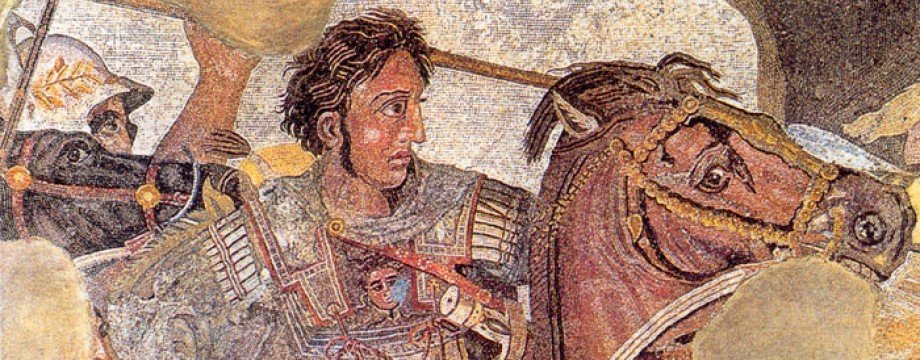This post is a bit of an experiment as I am writing it on my tablet’s WordPress app to see how it comes out.
Today (18th May 2023) is Ascension Day. How can The Second Achilles mark it? There’s only on way, of course.

This medieval illustration shows Alexander the Great ascending (see what I did there) thanks to four griffins and bait comprising of two unfortunate dogs. What is the purpose of Alexander’s flight? This from medievalists.net:
One of the famous trips that Alexander the Great makes is his (attempted) journey to heaven. Since Bucephalus does not have wings, Alexander has to resort to some griffins that happen to live nearby. The birds are tied to a chariot with a piece of meat spitted on the top of a lance as bait (in the church of St. Peter and Paul in Remagen, Germany, he is depicted hoisting two puppies). While the unfortunate griffins think they are constantly flying towards the meat (or the puppies), they carry Alexander up, so that he may see for himself if that place, ‘where the sky touches the earth’, is really the end of the world. It is extremely cold up in the air, he describes in a letter to his mother Olympia; and as he approaches the heavens, he encounters a figure and, heeding his warning, he returns to earth and lands somewhere seven days’ journey from his camp. But the journey is not entirely wasted, since Alexander gains a glimpse of the entire world below.
Read more here.
Recently, I have got really into historical documentaries on YouTube. There are some great ones hidden away there. One in particular that has impressed me is a doc. about the Vergina excavations, which uncovered what is believed to be the final resting place of Alexander’s father, Philip II.
The documentary follows Manolis Andronikos, the archaeologist behind Vergina’s discovery. Watching Macedonia: A Civilization Uncovered was a treat, yes because of its content but also because it was the first time I had seen actual footage of the tombs (and, for that matter, Andronikos). I highly recommend this video to you. The video quality isn’t the greatest - it has suffered a bit having been, I guess, recorded off the television onto VHS, but it is easily watchable. The only discordant note was at the end when the narrator said that Andronikos had many more years of excavation work ahead of him. Sadly, he died just a couple of years after the documentary was made. What a legacy to leave behind, though!
Credit
image and caption: medievalists.net
final note
Writing this post and inserting the image and video went very smoothly. WordPress organises each paragraph into blocks. A new one begins whenever you press Return. However, I can’t see how to press Return and stay in the same block. I just about managed it for the credit and final note by going into the HTML code. It hasn’t come out perfectly, though. I also can’t see where the option to write tags for the post is (if it exists), so there are a couple of things to work on.

Excellent work, but I’m not into the Alexander Romance. I have watched many documentaries on the Alexander/Philip phenomena, which continue to enlighten me.
LikeLike
I know what you mean about the Romance. I’ve never got big into it. I always felt like Alexander’s real life was so incredible, he just doesn’t need it to be turned into a fairy tale.
LikeLike
The Romance has become a part of the Immortality he so vigorously coveted.
LikeLike
Thank you for sharing this important video. I find the dates involved in discovering the tombs very interesting.
LikeLike